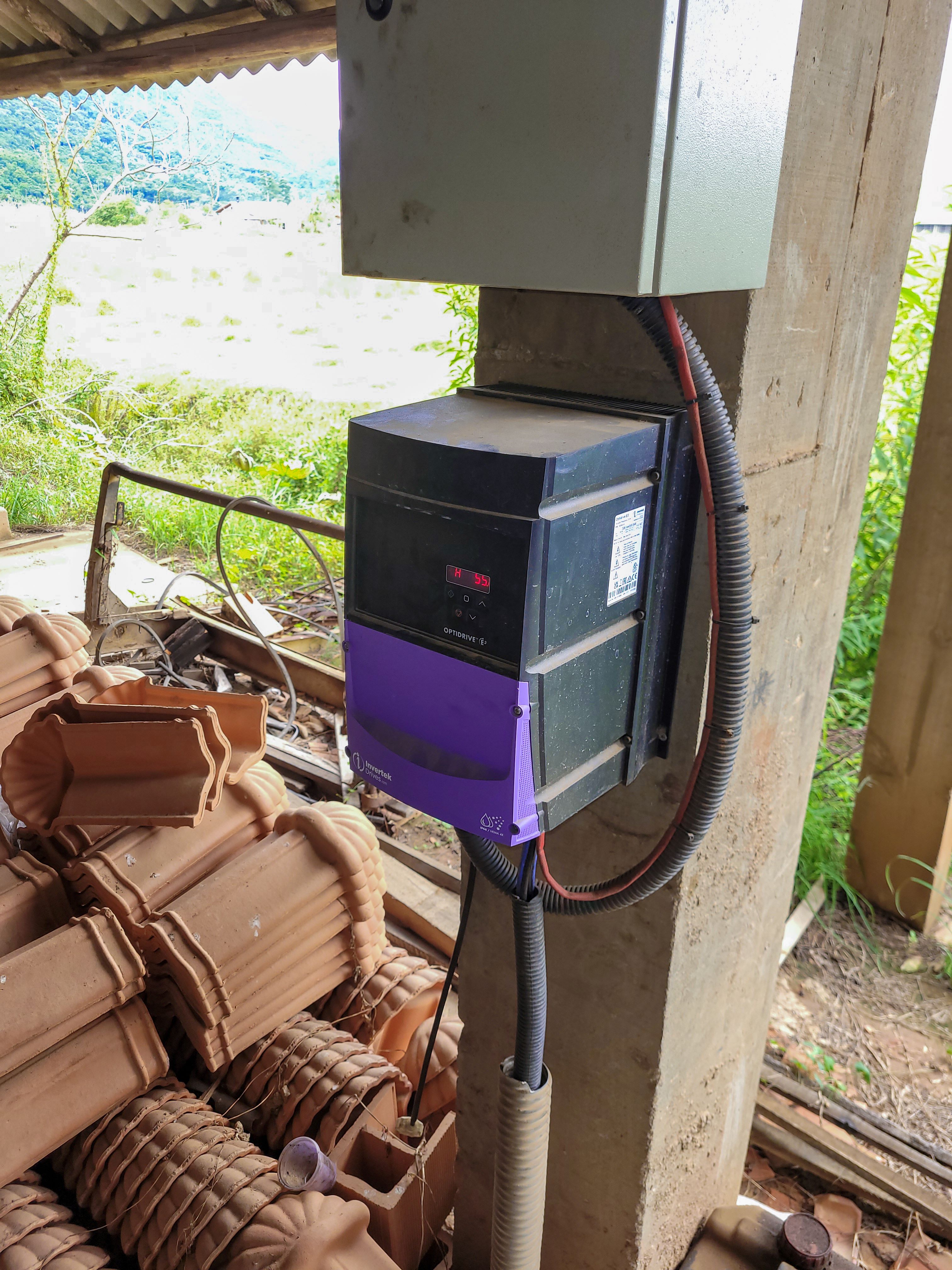Estudos de caso
Reducing energy consumption and increasing productivity in ceramics production

Problema
A damper-fan system was used to dry ceramic tiles and bricks before they were glazed. The fans were running constantly at 100% and temperature control was difficult to control.
Solução
Optidrive variable frequency drives were installed to control the fans. This meant their speed could be accurately controlled depending on the temperature required. This reduced energy use and as a result the quality of the final product was also improved.
Ceramica Tomazia
Replacing an inefficient damper-based fan system with Optidrive variable frequency drives has helped a Brazilian ceramics producer reduce energy use in part of its process by 60% while increasing the quality of its products at the same time.
Ceramica Tomazia, located in Canelinha in Brazil, produces a range of ceramic brick and tile products used mainly in the construction industry. The production process involves mixing raw materials before they are pressed, dried, glazed, and then undergo firing in a kiln.
Before the ceramics are glazed and fired, moisture has to be removed from the product in a drying room. An industrial exhaust fan was used to pull the heat source from the kiln into the drying room where it was then spread through seven industrial damper-based fans to control the airflow.
“To control the heat in the room dampers were used on the fans. This meant the fans were operating constantly at full speed unnecessarily, wasting energy and making it difficult to maintain the correct temperature accurately,” said Gabriel Robert of G2R Engenharia e Automacao, the company brought in to create a cost-effective solution.
“The damper-fans are simply inefficient and ineffective. We introduced Optidrive E3 and Eco drives to accurately control the fans, varying their speed depending on the products being dried and the temperature required.”
An Optidrive E3 IP66 / NEMA 4X-rated VFD was used on the 15HP motor exhaust fan pulling the heat from the firing room. The outdoor-rated enclosure was required due to the dust and heat in the industrial environment.
The seven 3HP (total 21HP) fans used in the drying room are now controlled by a single Optidrive Eco drive. The 22kW (30HP), 46A, 380-480V, IP20-rated drive is housed in a control panel, while all motors used on the fans have individual thermal protection.
Energy use was reduced from 19,423kWh to 7,789kWh as a result of the VFDs being installed.
“The introduction of VFD-controlled fans has created significant savings in energy costs. Additionally, the quality and standardization of the products have been improved thanks to the improved control of the circulation of heat inside the drying room. The customer is very happy with the outcome,” added Gabriel.
Marcus Silva, Head of Sales in Latin America for Invertek Drives, said the result was another demonstration of how Optidrive VFDs are benefiting businesses and the environment by lowering emissions created through efficient energy use.
“Many industrial fan applications are using inefficient damper-based systems. Through the introduction of VFD motor control, you can not only create energy savings by controlling the speed of the fan to the required levels of the application but improvements can be made to processes, such as ventilation and humidity,” he said.
“This can be just as important in areas such as agricultural buildings where the health and welfare of animals can be improved through such accurate ventilation and temperature control, or in environments where ventilation is important.”
The full range of Optidrive VFDs and their benefits in a range of motor, fan and pump control applications can be found at www.invertekdrives.com














